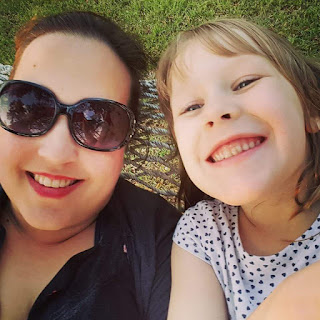Challenge Day #10
When a Butterfly Sneezes: A Guide for Helping Kids Explore Interconnections in Our World Through Favorite Stories by Linda Booth Sweeney
 Like many books that have influenced me, this one is meant
to teach. According to Dawna Markove in
the forward to the book, Booth Sweeney sets out to answer the question, “How do
we teach children to think for themselves, to think with open minds, to think
in such a way that they take responsibility for their own lives?” This is a
question I have encouraged and tried to answer with each interaction I’ve had
with a child in my 40 + years in education.
Like many books that have influenced me, this one is meant
to teach. According to Dawna Markove in
the forward to the book, Booth Sweeney sets out to answer the question, “How do
we teach children to think for themselves, to think with open minds, to think
in such a way that they take responsibility for their own lives?” This is a
question I have encouraged and tried to answer with each interaction I’ve had
with a child in my 40 + years in education.
The book is about shifting from linear cause and effect
style thinking to thinking about interconnectedness and feedback loops which
are at the heart of systems thinking. I
love that the author provides a list of children’s literature to assist in
teaching each of the following concepts:
- Simple interconnectedness
- Circular feedback
- The horizons and delays
- Unintended consequences
- Exponential growth
- Escalation
- Levels of perspective
- Nested systems
- Structure drives behavior
- Limits to success
- Fixes that fail
- Shifting the burden
When I struggle to explain systems thinking I find myself
turning to this book because I believe that systems thinking will help shift
the world and I also believe children’s literature is a powerful teaching tool.
I have always been a teacher who is able
to take complex concepts and bring them to the level of teaching them to young children
to distill things down to their essence.
The paradox in schools is that children are natural systems thinkers and
education attempts to force students
to think more linear.
In Part I of the book Booth Sweeney shares, “One of the most
profound and practical habits I’ve learned from systems thinking is to
consciously look at a system from multiple perspectives—actually, from multiple
levels of perspective.” I like the fit this idea has to Perceptual Control
Theory (PCT) and how I approach looking at life’s challenges.
In the book she uses four different levels of perception,
but in PCT we look at eleven. Her four
levels are in alignment to the eleven in PCT but easier for most folks to
differentiate. She talks about events,
then patterns, then structures, then mental models. At its core this idea of going up levels can
be captured in asking, “Why?” repeatedly.
Going down levels is about asking “How?”
In Part II there are tips for sharing system thinking
concepts with children:
- Begin with what happened
- Trace cause-and-effect relationships
- Introduce the language of causality
- Ask causal questions
- Encourage kids to create their own stories
- Help children show what they already know
- Choosing stories
In Part III is a lesson for each of the children’s books. Booth
Sweeney shares two books I have used several times with adults in helping them
to better understand systems thinking - The Old Ladies Who Like Cats by Carol
Greene, and Zoom by Istvan Banyai. At the core of PCT is understanding systems
which is often not an easy shift for adults.
Becoming a systems thinker has served me by helping me look
deeply into a problem to approach it from different levels of perception and to
seek an understanding of the interconnectedness of all the world. Once we understand the web of life we become
more globally aware and understand how each of us is in relationship with
others and the world around us – in ways that may not be apparent without deep
systems thinking.


Comments
Post a Comment